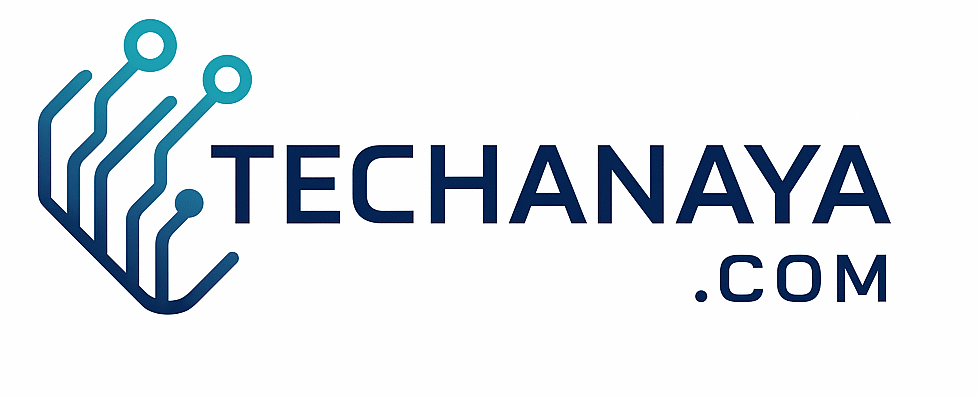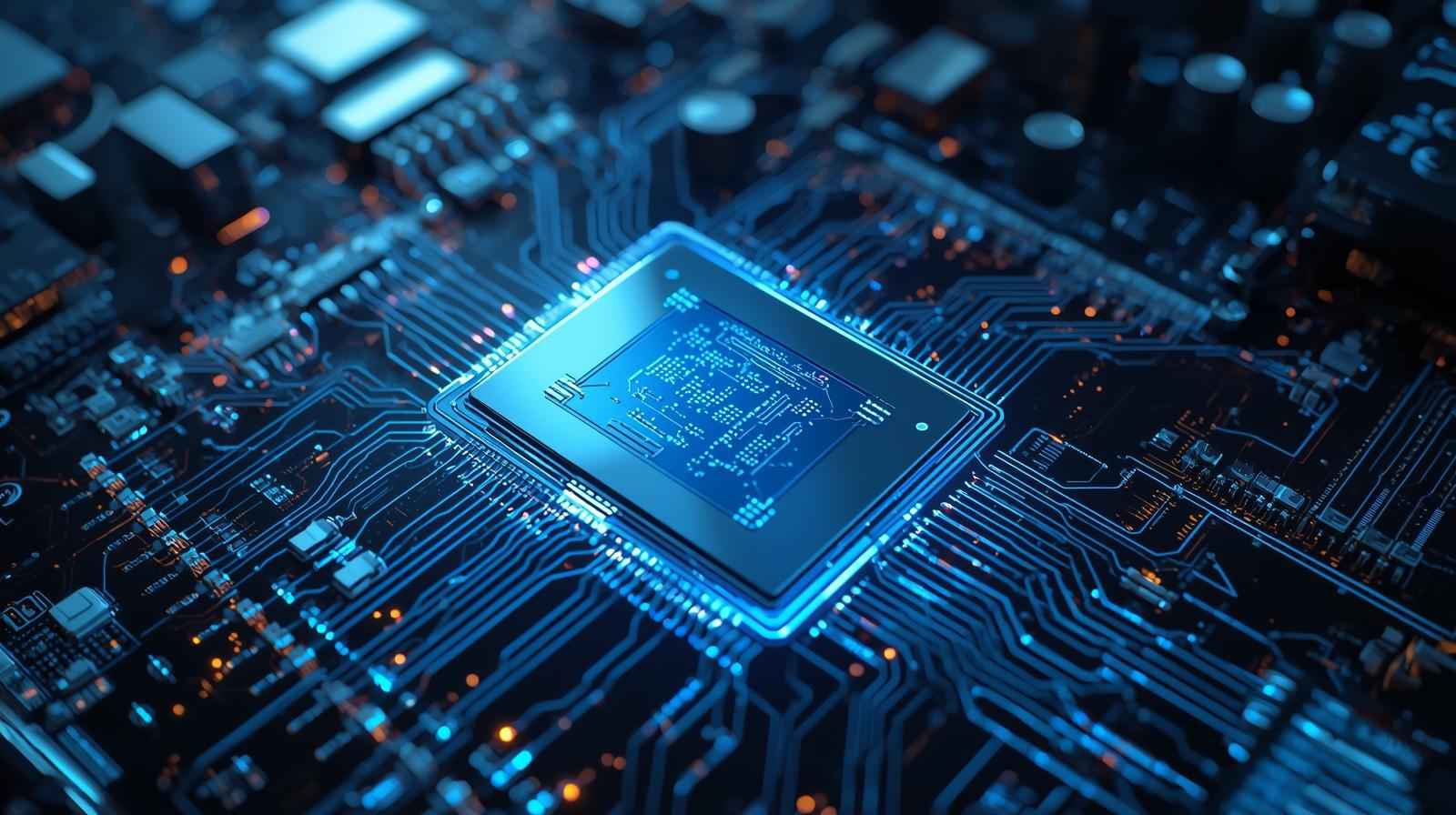Technology Wolfpackchip: The Next Evolution of Smart Processing Power
Technology moves at an incredible pace. Every year, devices become faster, smarter, and more connected , yet behind every leap forward lies one thing: the processor. As global demand for intelligent machines grows, the need for a new kind of processor has emerged , one that can think, adapt, and learn. That need gave rise to the Technology Wolfpackchip, a breakthrough innovation reshaping the future of computing.
Over the past decade, traditional chips have struggled to keep up with modern workloads. Artificial intelligence, robotics, and data analytics require massive processing power, but they also demand efficiency and sustainability. Wolfpackchip steps into this gap as a revolutionary platform built not just for speed, but for intelligence , learning from workloads and adapting dynamically to optimize performance.
Unlike conventional processors that execute predefined commands, Wolfpackchip mimics the collaborative behavior of a wolf pack. Each core works intelligently with others, distributing tasks in real time, predicting future demands, and minimizing energy loss. This cooperative processing approach makes it faster, more responsive, and significantly greener than legacy chip systems.
In this article, we’ll explore what Technology Wolfpackchip is, how it works, why it matters, and what its emergence means for the next era of computing. From architecture and applications to benefits and challenges, we’ll uncover everything you need to know about the chip that’s redefining digital intelligence.
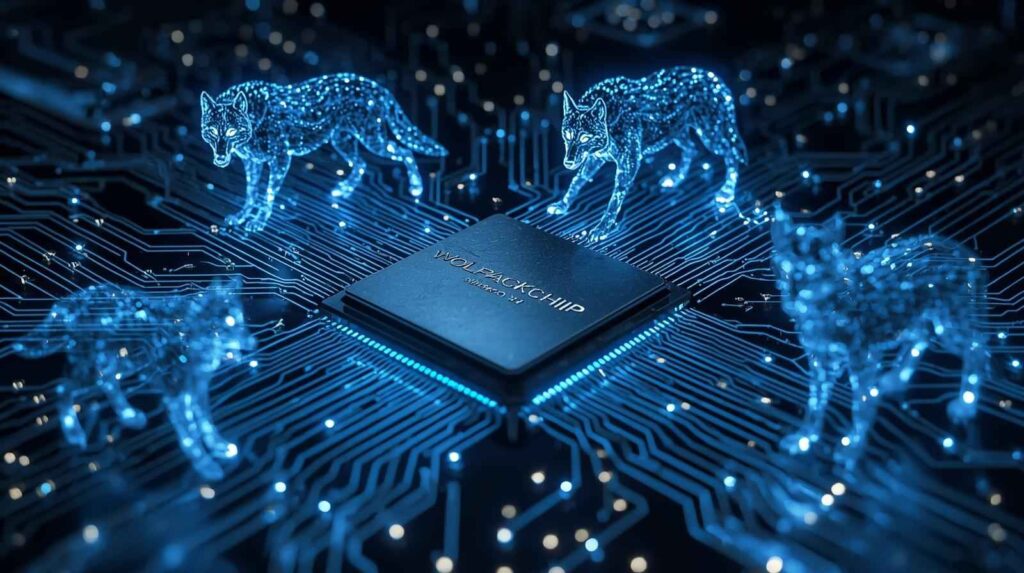
What Is Technology Wolfpackchip?
Technology Wolfpackchip is an advanced AI-driven processor engineered for adaptive computing. It represents a new generation of smart chips that can analyze, decide, and optimize operations automatically. The name “Wolfpack” comes from its architectural design , multiple intelligent cores that work together like a coordinated pack, sharing data and balancing workloads seamlessly.
At its core, Wolfpackchip integrates deep neural learning algorithms directly into the hardware. This allows it to self-optimize for power efficiency, performance, and task prioritization. Whether it’s managing edge devices, training AI models, or running high-load applications, the chip intelligently reallocates resources to maximize output without overheating or energy waste.
Featured Snippet Definition:
Technology Wolfpackchip is an adaptive AI-powered processor designed for intelligent performance, real-time optimization, and energy-efficient computing across advanced digital systems.
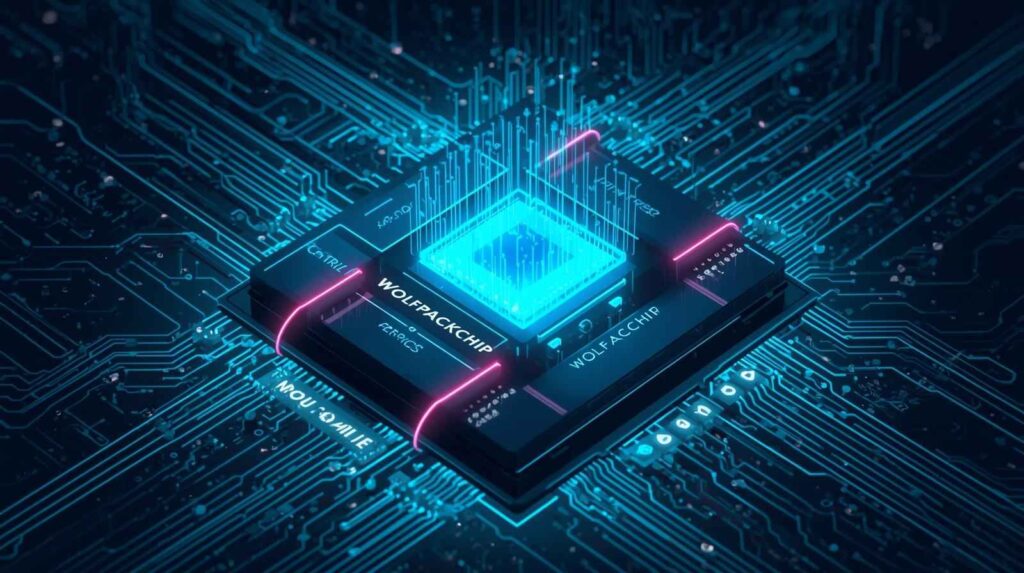
The Evolution of Chip Technology
The history of chip innovation is a journey of human ingenuity. From early silicon transistors to today’s neural and quantum prototypes, each generation of chips pushed the boundaries of speed and scale. But as applications expanded into AI, automation, and Internet-of-Things networks, raw speed was no longer enough , intelligence became essential.
Traditional CPUs and GPUs execute instructions efficiently but lack situational awareness. They cannot predict upcoming loads or redistribute energy automatically. Wolfpackchip changes that. Its architecture is designed for adaptive intelligence , learning how workloads behave and responding dynamically. This marks a clear evolution from static computation to self-managing systems.
In short, just as the transition from single-core to multi-core computing transformed the 2000s, adaptive chip technology like Wolfpackchip defines the 2020s.
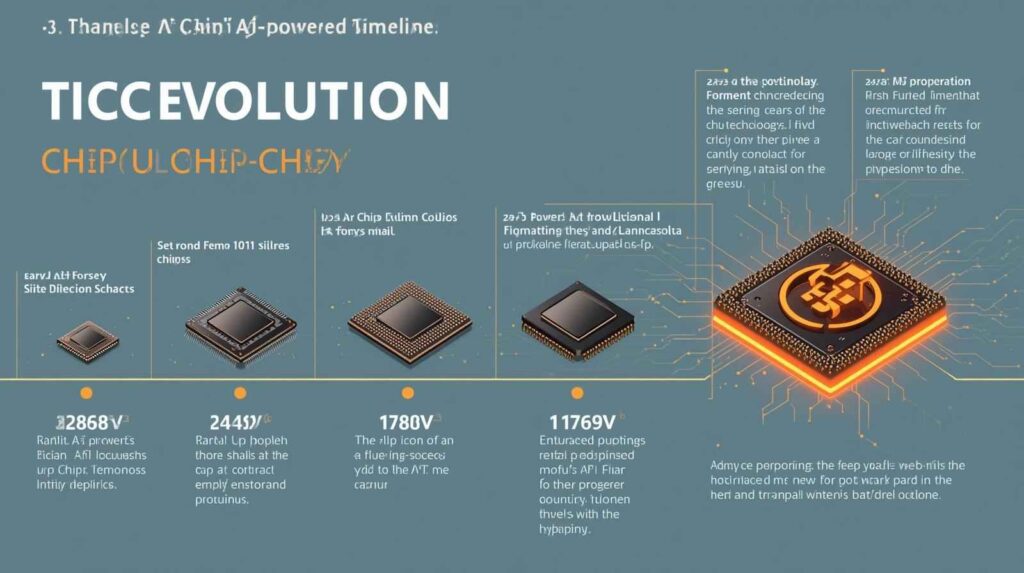
Key Features and Architecture of Wolfpackchip
Adaptive Multi-Core Intelligence
The Wolfpackchip architecture is inspired by nature , particularly the cooperative behavior of wolves. Each processing core acts as an intelligent unit capable of communication and coordination. When one core encounters heavy load, others redistribute tasks to balance energy use and maintain optimal performance. This ensures consistent speed, minimal lag, and higher durability.
AI-Powered Self-Optimization
Wolfpackchip uses embedded machine-learning models to monitor workload patterns and thermal conditions. It predicts spikes in usage, pre-adjusts resource allocation, and fine-tunes internal performance in real time. Over time, it learns from these patterns, improving efficiency autonomously. The result is a processor that grows smarter the more it operates.
Energy Efficiency and Sustainability
Traditional chips often waste power through idle processing. Wolfpackchip eliminates this by activating only the cores required for a given task. Idle cores enter a low-power state, cutting unnecessary energy consumption. This makes it ideal for data centers, AI servers, and portable devices where power efficiency is critical.
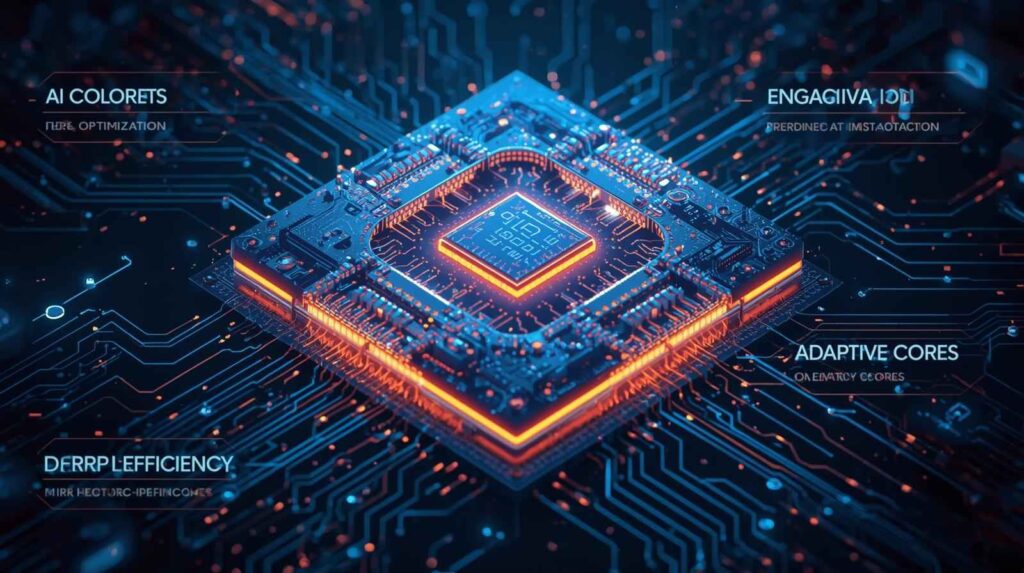
Real-World Applications of Wolfpackchip
AI and Machine Learning Systems
For data scientists and developers, Wolfpackchip accelerates neural training and inference. Its adaptive design handles diverse data types and adjusts computation flow to optimize speed and accuracy. This results in faster model deployment and reduced energy use.
Autonomous Vehicles and Robotics
In autonomous systems, milliseconds matter. Wolfpackchip’s real-time processing capabilities allow vehicles and robots to make split-second decisions safely. It manages sensor data, navigation algorithms, and control mechanisms simultaneously without delay.
Edge and Cloud Computing
As IoT expands, millions of devices rely on decentralized computing. Wolfpackchip enhances edge processing by reducing latency and improving local decision-making. For cloud environments, it offers scalability and energy savings by balancing distributed workloads intelligently.
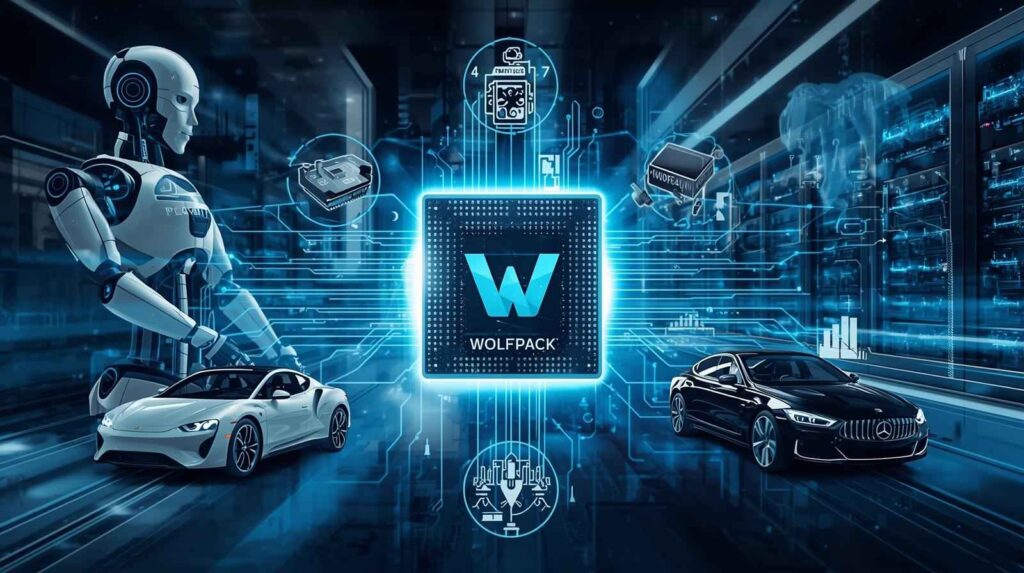
Benefits of Adopting Technology Wolfpackchip
Organizations that integrate Wolfpackchip gain measurable advantages:
- Superior Speed and Efficiency: Dynamic resource management ensures peak performance even under heavy load.
- Reduced Energy Costs: Intelligent power distribution lowers electricity bills and carbon emissions.
- Scalability: Designed to scale from edge devices to enterprise servers effortlessly.
- Reliability: Predictive thermal management prevents overheating and hardware degradation.
- Future-Proofing: Supports next-gen workloads like AI inference, metaverse applications, and 3D simulation.

How Wolfpackchip Stands Out from Competitors
Comparison with Traditional Chips
Conventional processors rely on static instruction sets and fixed resource allocation. Wolfpackchip uses adaptive intelligence that responds in real time. This reduces idle time, increases throughput, and extends device lifespan.
Integration Potential
Wolfpackchip’s modular architecture supports integration with major development environments. It works seamlessly with Python-based AI frameworks, cloud APIs, and embedded systems. Developers can fine-tune applications without rewriting existing codebases.
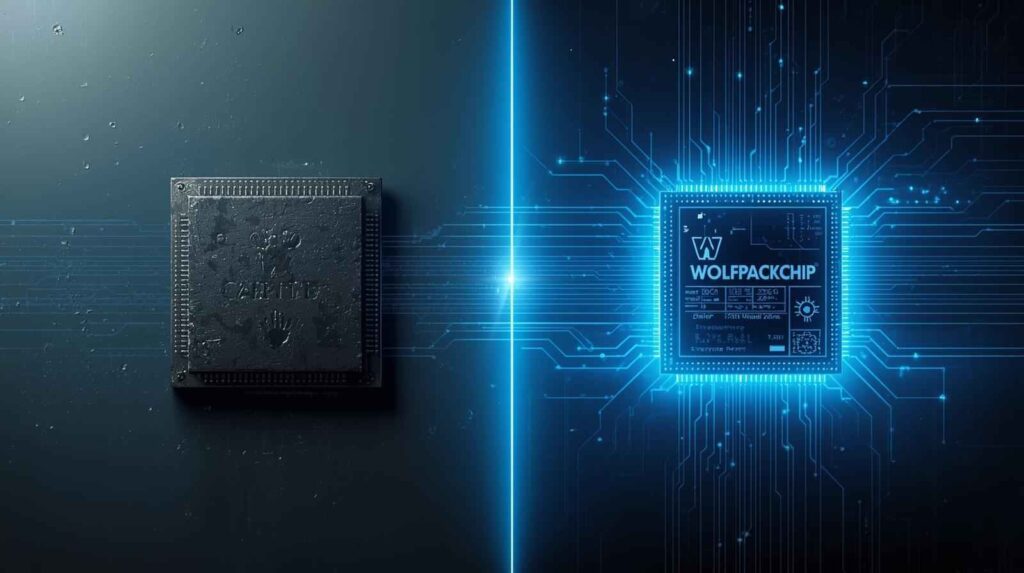
Challenges and Limitations
Like all pioneering technologies, Wolfpackchip faces challenges:
- High Production Cost: Advanced architecture and training integration increase manufacturing complexity.
- Adoption Barriers: Hardware ecosystems must evolve to fully exploit its potential.
- Data Security Concerns: Intelligent chips processing sensitive data require strong encryption and AI ethics frameworks.
Despite these hurdles, industry forecasts suggest rapid adoption as cost efficiency improves and ecosystems mature.

Future of Technology Wolfpackchip
The roadmap for Wolfpackchip is ambitious. Future iterations will likely integrate quantum-ready co-processing units, enabling hybrid computing between classical and quantum systems. Additional research focuses on 3D chip stacking for higher density and reduced latency.
Moreover, as artificial intelligence evolves, the line between software and hardware will blur. Wolfpackchip’s adaptive learning will allow processors to customize their own internal logic, ushering in an era of self-evolving computing platforms.

Expert Insights and Industry Response
Tech analysts view Wolfpackchip as a milestone similar to the invention of GPUs. Major semiconductor companies and AI startups are reportedly exploring collaborations to adopt similar architecture. Early prototypes tested in research labs show energy reductions of up to 40% compared with traditional chips.
Dr. Lin Hao, a leading semiconductor researcher, commented that Wolfpackchip “bridges the gap between silicon logic and cognitive intelligence , it’s the first step toward truly autonomous hardware.”
These expert views underscore the significance of this innovation as both a commercial opportunity and a technological breakthrough.

Impact on Businesses and Consumers
For enterprises, Wolfpackchip means faster operations with lower costs. Data centers can handle more workloads with the same infrastructure, improving ROI. AI firms can accelerate development without escalating power bills.
For consumers, the benefits will surface through smarter devices , phones that learn usage patterns, laptops that last longer, and IoT appliances that respond instantly. Ultimately, Technology Wolfpackchip brings supercomputer-level intelligence into everyday electronics.

Best Practices for Implementation
To get the most out of Wolfpackchip:
- Integrate Early: Plan hardware and software co-design from the development phase.
- Optimize Data Flow: Use smart caching and efficient data labeling for AI workloads.
- Leverage Adaptive APIs: Utilize Wolfpackchip’s learning APIs for workload prediction.
- Test Continuously: Monitor thermal, latency, and power performance to maintain optimal configuration.
- Invest in Security: Apply encryption and monitoring for AI-driven processing environments.
Following these best practices ensures smooth adoption and long-term performance stability.

Frequently Asked Questions (FAQs)
1. What makes Technology Wolfpackchip unique?
Its adaptive, AI-powered architecture allows processing cores to communicate and optimize performance intelligently in real time.
2. Is Wolfpackchip suitable for AI applications?
Yes. It’s purpose-built for artificial intelligence, machine learning, and complex data analytics tasks.
3. How does Wolfpackchip improve energy efficiency?
It activates only necessary cores for active tasks, minimizing energy waste and thermal output.
4. What industries will benefit most from Wolfpackchip?
AI research, autonomous vehicles, robotics, edge computing, and IoT ecosystems.
5. When will Wolfpackchip be widely available?
Commercial adoption is expected soon as hardware manufacturers finalize testing and integration into next-generation devices.

Conclusion
Technology Wolfpackchip represents more than just a new processor , it symbolizes the future of computing. By merging artificial intelligence with hardware adaptability, it enables systems that can think, learn, and evolve. From AI and robotics to edge computing and sustainability, Wolfpackchip stands as a transformative force in digital innovation.
Its intelligent architecture mirrors the natural efficiency of a wolf pack , collaborative, agile, and resilient. This blend of machine learning and hardware evolution sets a new standard for performance and eco-responsibility.
As industries worldwide continue to digitize, Technology Wolfpackchip will serve as the foundation for a smarter, greener, and more connected world , one where computing power is not just fast, but truly intelligent.
